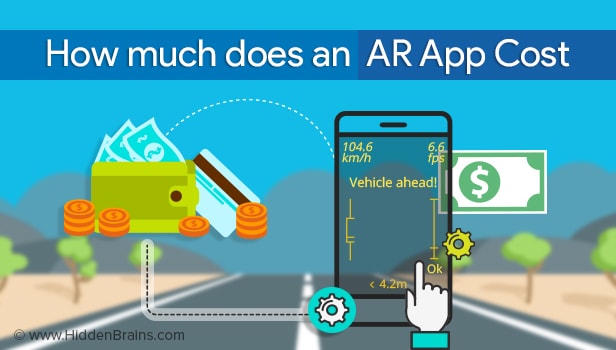Though most of the Internet is still devoted to HTML and CSS, there’s been an interesting shift over the past several years in how people build their sites and apps. React has become one of the most popular JavaScript libraries to use on websites and across platforms, which raises the question: Why should you use React in 2022? To answer that question, let’s take a look at how React compares to other similar JavaScript libraries today, why it’s taking off so quickly, and what these changes could mean for developers who are looking to work with React in the future.
What is React?
React is a framework by Facebook that has been adopted by major brands such as Netflix, Instagram, and Airbnb. What makes React different from other frameworks is its simplicity, its ability to produce high-performing websites with complex data binding and its use of virtual DOMs.
What is React Used For?
React is a UI library that is used to create rich, interactive user interfaces. It was developed by Facebook and Instagram engineer Jordan Walke as a solution to the shortcomings of earlier technologies like DOM scripting.
The goal of React is to think about how data flows through your application. React helps web developers quickly create responsive, user-friendly UIs by efficiently handling the rendering phase and letting users write code to specify what the different elements should look like when they update.
Why Use React?
Today, React's popularity is bolstered by a talented and large engineering team; it provides the scaffolding that many react developers need to build intuitive interfaces and make their products flexible. It's also the fastest growing library on GitHub.
React can be a great choice when you're looking to create reliable software applications with a responsive UI while scaling up through complex data sets. And because ReactJS allows its users to build as much or as little of the library as they want, it also offers flexibility in terms of workflows.
When To Use React?
Using React can be great if you're building a client-side app where the interface will change over time based on user actions and interactions. In this type of application, using React will make it easier to manage those changes. It's not recommended that you use React if your app has few or simple screens. Your website probably doesn't need React to power the whole thing - but maybe just the parts that need data from a database.
React JS vs Next JS
React JS vs Next JS both are great options that are both likely to become a core part of web development in the future. React JS offers some important differences to Next JS, but it isn't necessarily better. What's important is understanding what your needs are, which will then help you choose the right tool.
While Next JS offers some powerful features, it's important to understand that it also has some limitations. If you're building large apps or dealing with complicated page layouts, React JS may be a better choice because of its more flexible toolset.
Conclusion
The conclusion of this blog post should address any questions the reader may have, point out any issues with the topic, and make a general statement about whether they agreed or disagreed with the post.
What we have learned so far is that React has a history of excellent software development, quickly responds to social trends, and helps developers focus on what's important. It also has many libraries that allow us to build scalable applications without being confined by a framework.
Read Also




0 comments:
Post a Comment